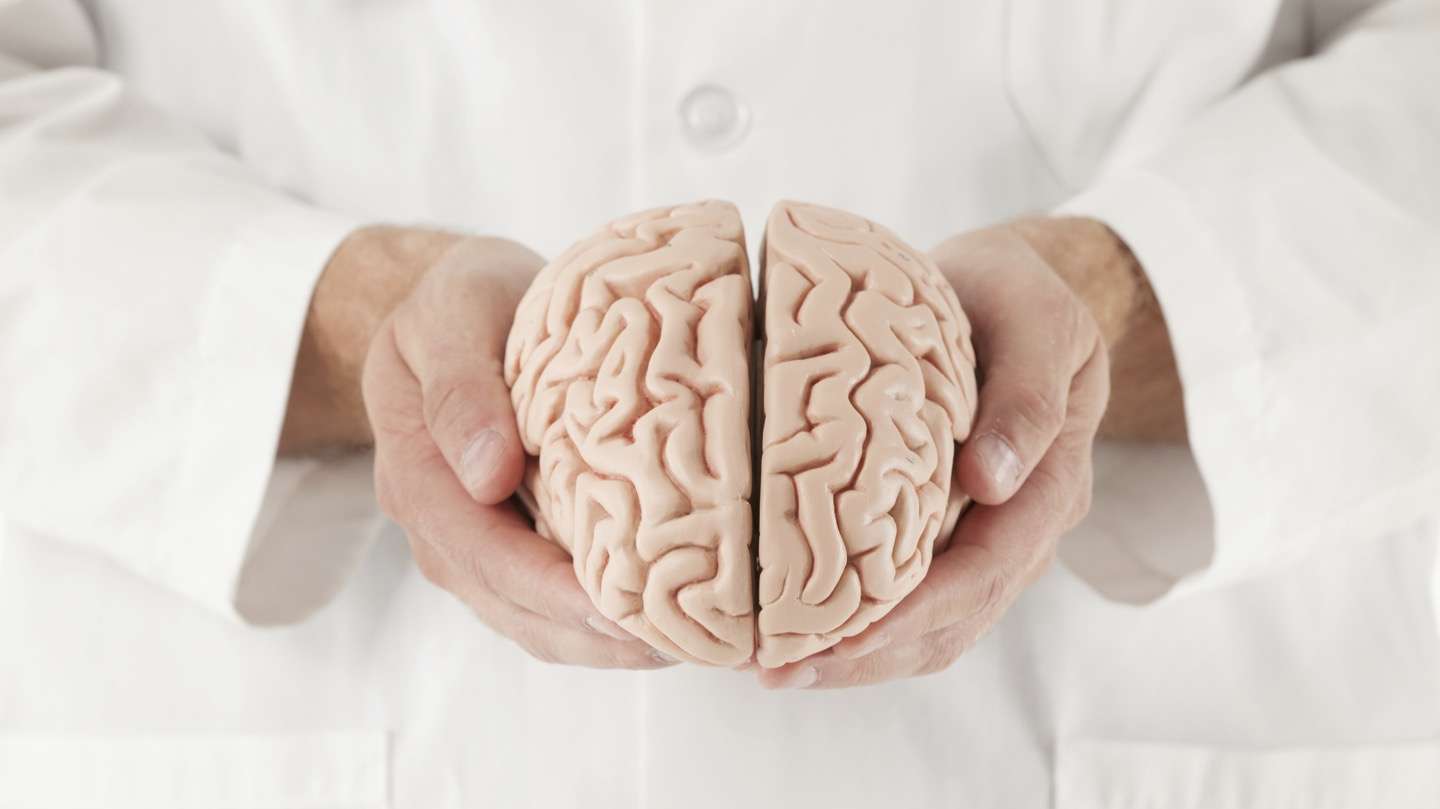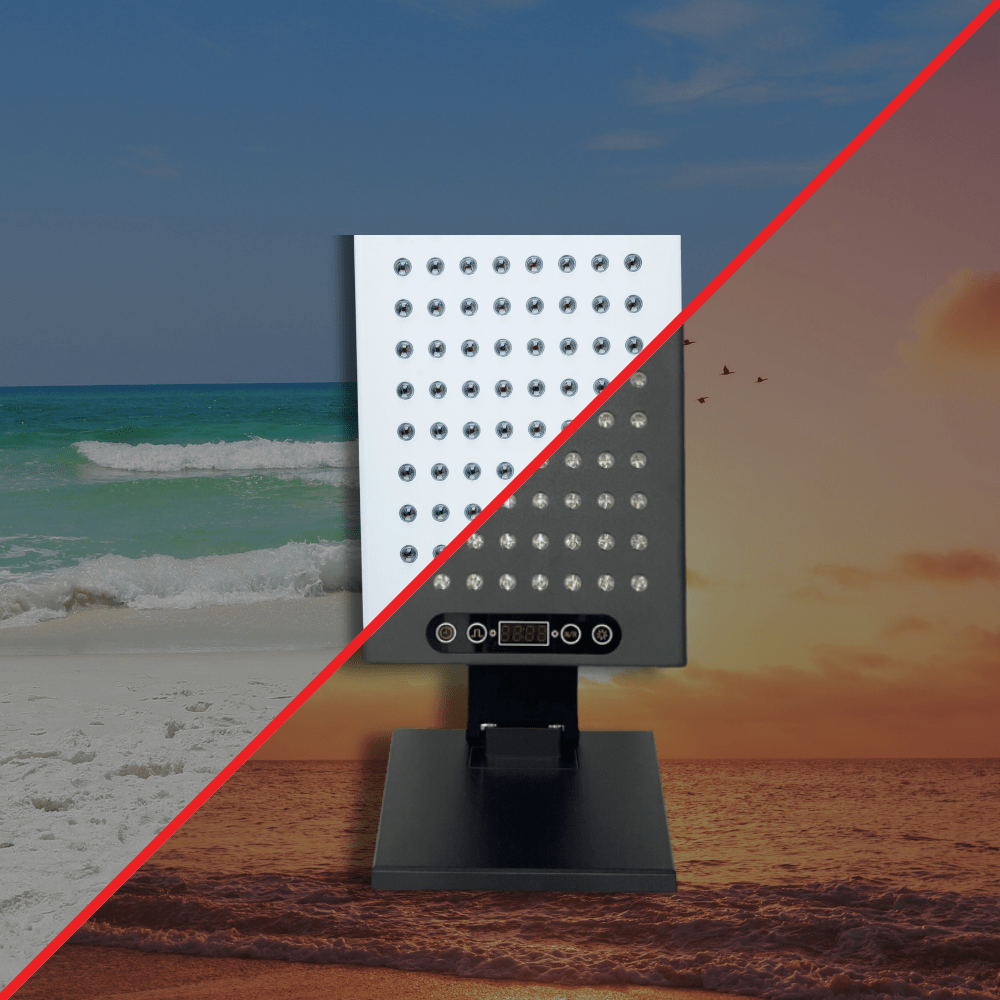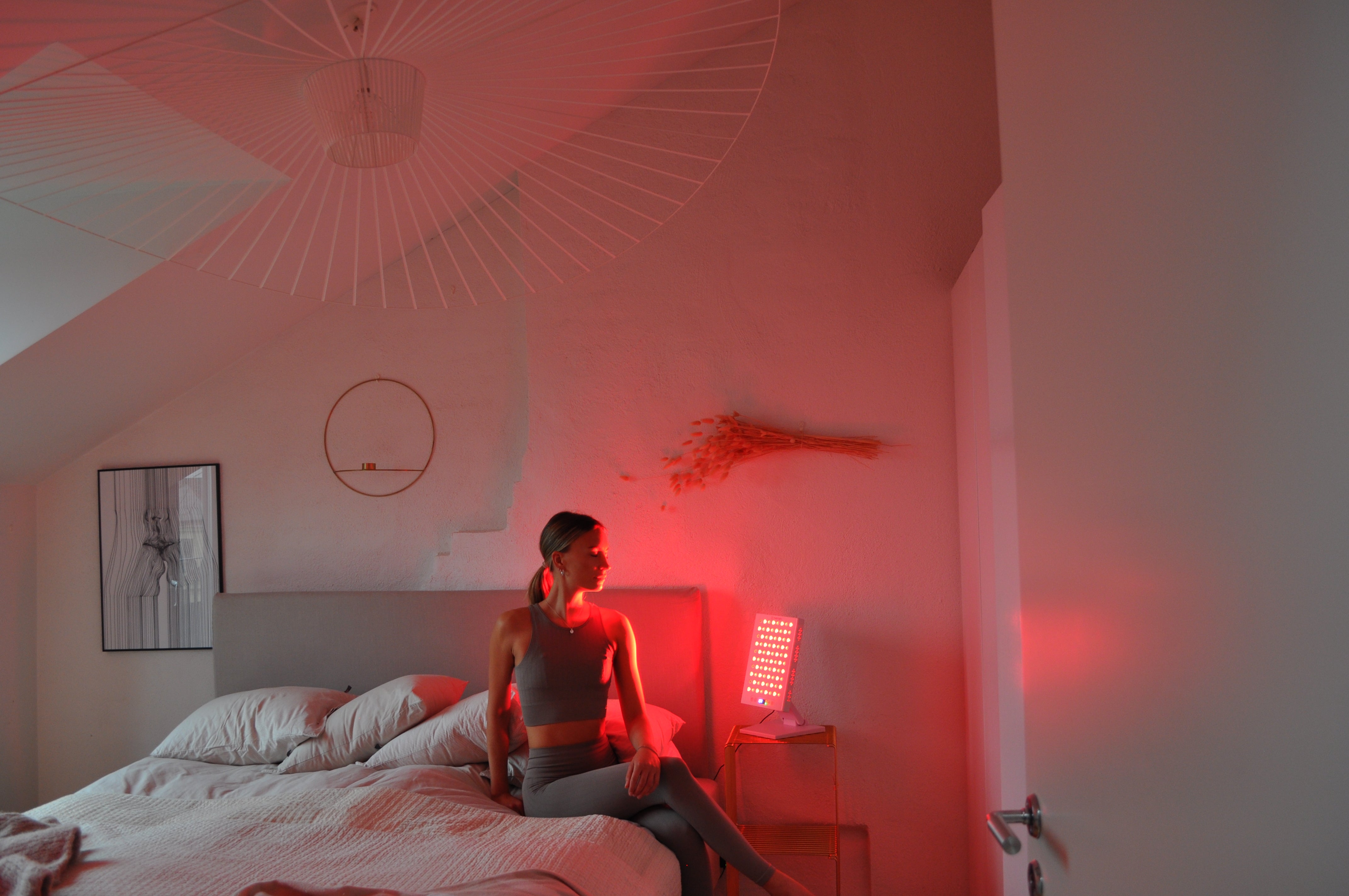Research shows that the brain is affected by red light therapy, and both mood and cognition can improve in many individuals. A large meta-analysis (based on six scientific studies) specifically examined the brain's cognitive functions in young and healthy individuals treated with red light therapy, and the results were interesting (1). The method is called transcranial photobiomodulation, and as the name suggests, light is simply shone through the skull. Exactly what happens inside the brain is not fully understood, but it likely involves the mitochondria being energized just as in other tissues, thereby having the ability to contribute more energy to the brain's various processes. The concept of cognition includes attention, memory, and learning, among others, and one can imagine these lights becoming standard equipment for students, lecturers, artists, athletes, etc., who need to have an optimally functioning brain during a lesson, exam, performance, or similar. The meta-analysis concluded that a significant positive effect on cognition could be seen in young healthy individuals, and now we naturally want to see even more studies of higher quality.
In people with mild cognitive impairment, fine effects have also been observed. In one study, participants received 40 treatments over eight weeks, and significant improvements in memory and cognitive functions were observed (2). In the study, red light was used, which cannot penetrate the skull, and the neck and throat were irradiated. In another study, near-infrared light known to reach deep was used, and treatment was done through the cranium. This was also effective in improving cognition in healthy older adults (3), and the perfect product for brain stimulation might be one that provides both near-infrared through the skull and red light on the neck and throat? Other research shows that transcranial near-infrared light can provide faster reaction times in people with normal cognition (89).
On average, those treated had a reaction time 23.8 ms shorter than those who only received a placebo. We're talking about thousandths of a second, so the effects are not huge, but obviously it can be the difference between winning and losing in many sports like table tennis, badminton, martial arts, or ice hockey. The margins are so incredibly small that a football goalkeeper has a better chance of becoming the hero of the match if they undergo a brain treatment just before the game. There are many more studies showing that light therapy positively affects the brain, so if you want to boost your central nervous system, you should give it a try.
- https://www.ncbi.nlm.nih.gov/pubmed/31549906
- https://pubmed.ncbi.nlm.nih.gov/34420956/
- https://pubmed.ncbi.nlm.nih.gov/34662523/
- https://www.ncbi.nlm.nih.gov/pubmed/27855264
The studies and research presented here are conducted by independent researchers and institutes. Nutrilight does not fund these studies and has no connection to their execution. These studies generally concern photobiomodulation and are not specifically related to Nutrilight's products.






Share:
Red light therapy and autoimmune diseases
Red light therapy and pain